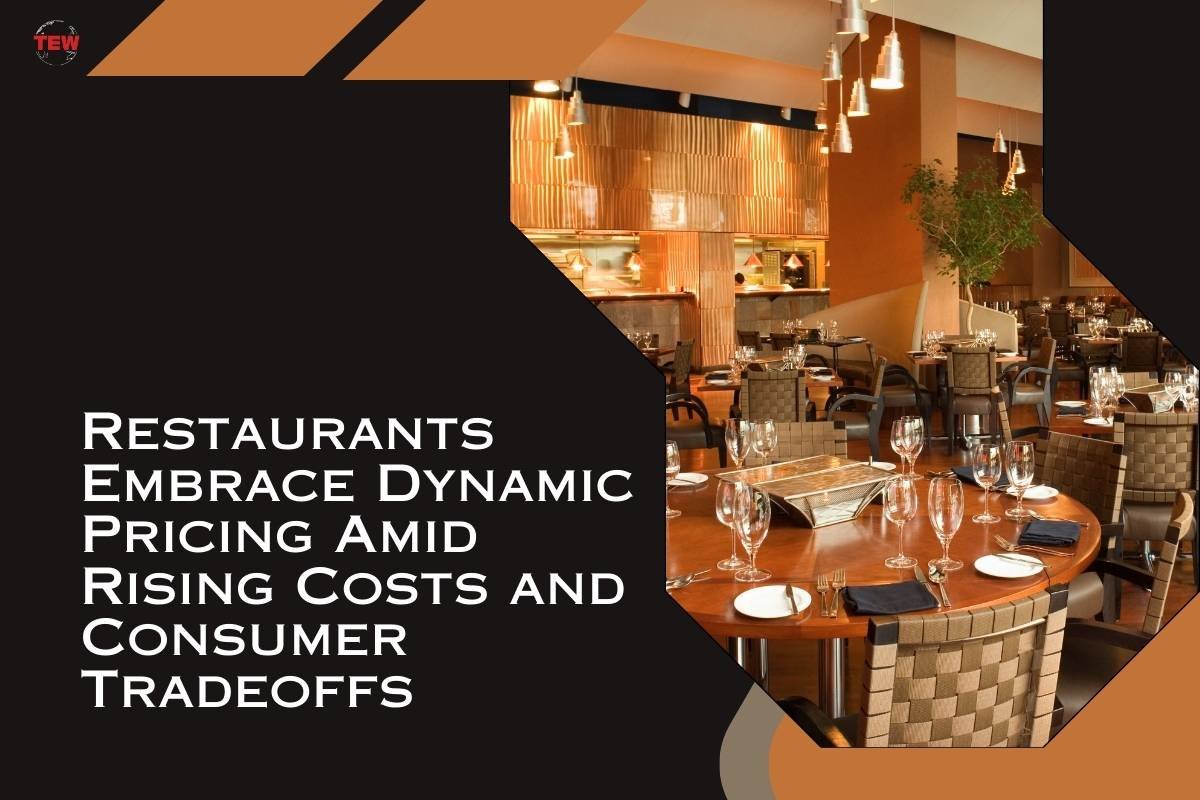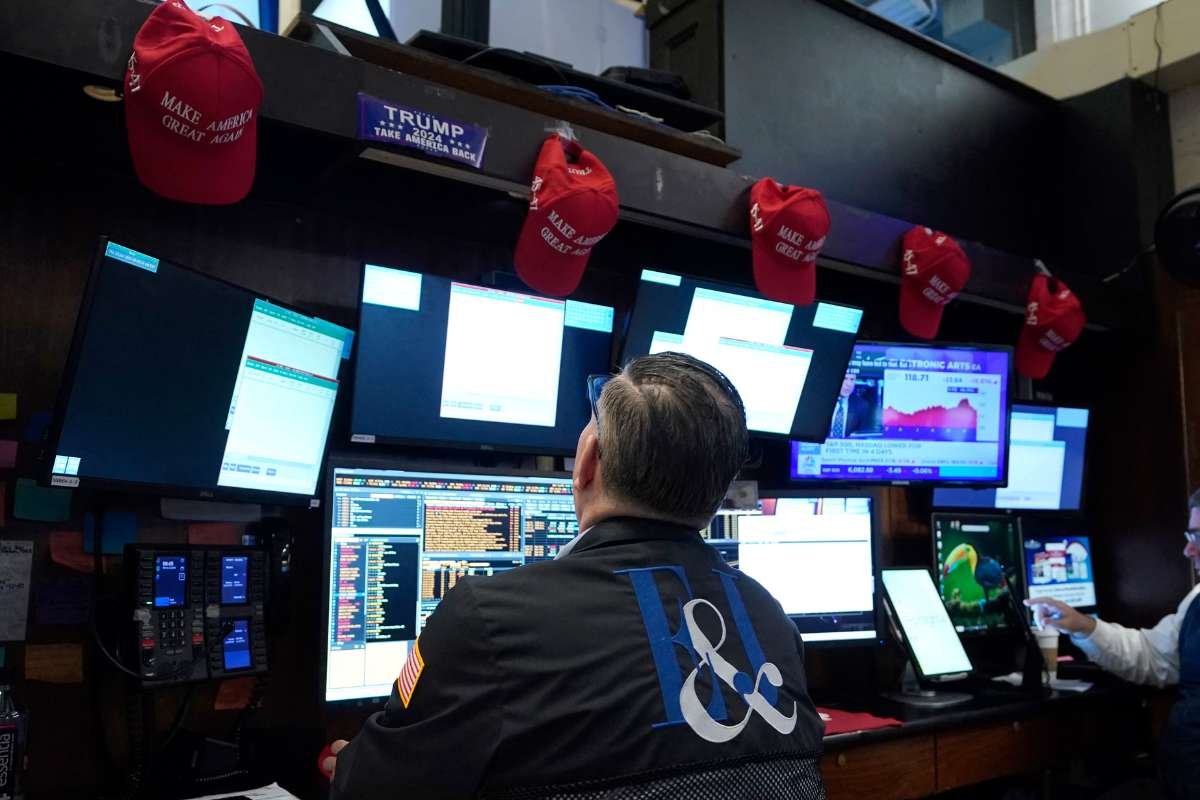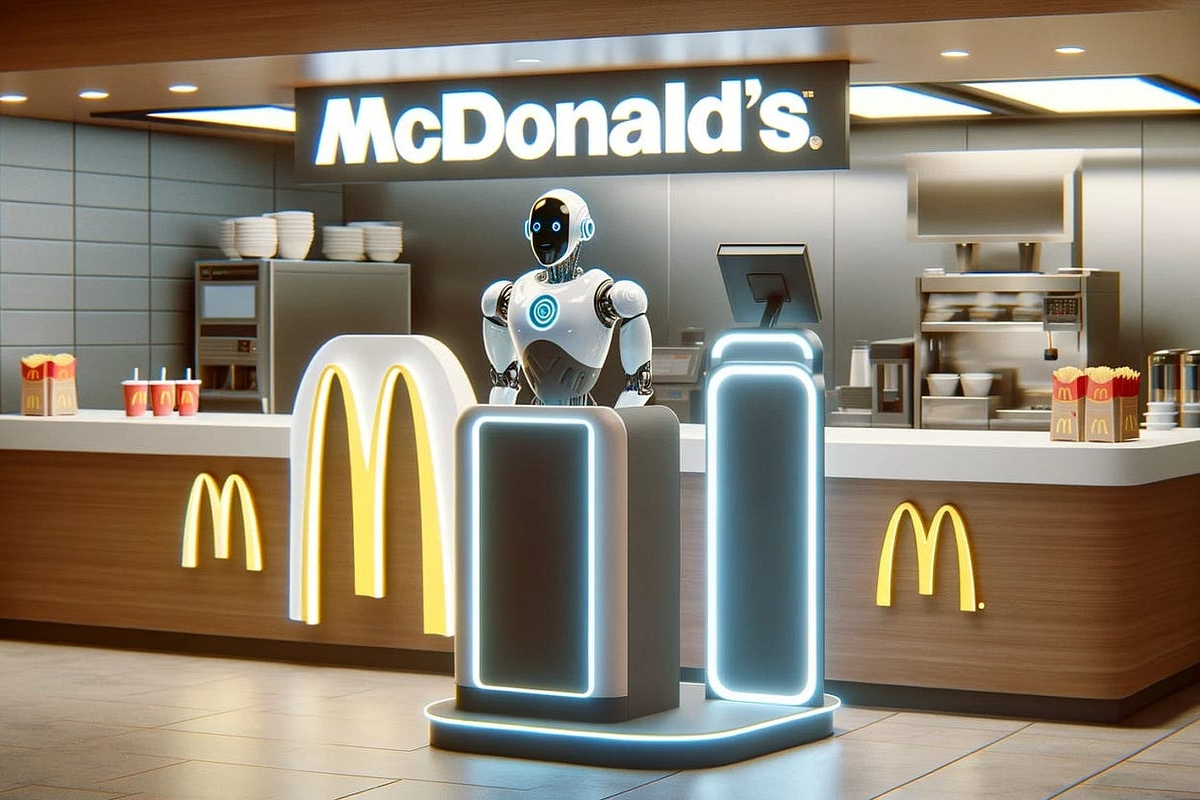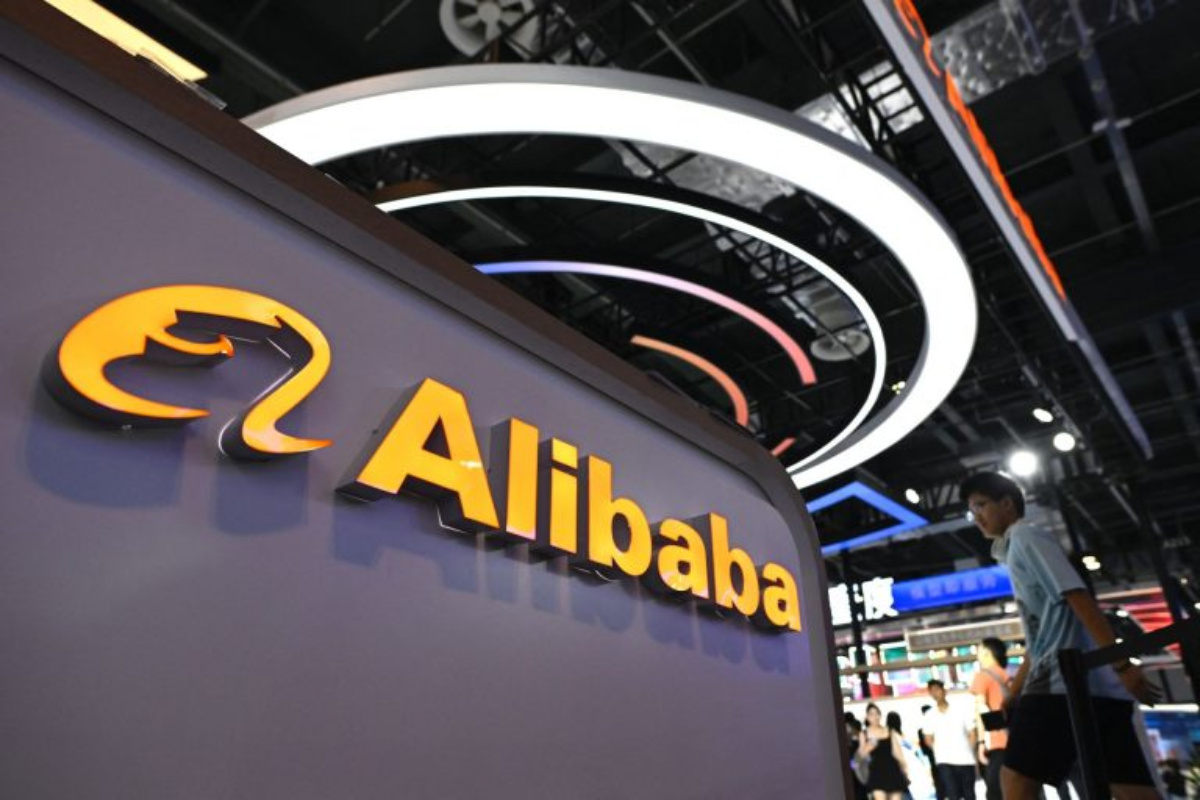In response to escalating costs and changing consumer behavior, many restaurants are increasingly turning to dynamic pricing strategies, a concept long utilized by mobile apps and eCommerce platforms. While Wendy’s recently faced backlash over its plans to implement dynamic pricing, other eateries are forging ahead with experimentation in this area, as reported by The Wall Street Journal on Sunday.
The rising costs of labor, food, and other essentials have prompted several restaurant’s dynamic pricing to reassess their pricing structures over the past few years. According to data from the Labor Department, restaurant prices have surged by 30% compared to five years ago, reflecting the impact of inflation and other economic factors.
Among those embracing dynamic pricing is Cali BBQ, a four-store chain based in San Diego. Owner Shawn Walchef reports that implementing variable pricing linked to the pulled-pork sandwich has resulted in a significant boost in monthly delivery sales, increasing revenue by $1,500 since the initiative began early last year. This success underscores the potential benefits of dynamic pricing for small businesses in navigating economic challenges.
Shift Towards Variable Pricing Strategies Gains Traction in Response to Economic Pressures
However, Wendy’s recent announcement regarding its intention to test dynamic pricing sparked controversy among consumers. CEO Kirk Tanner’s mention of surge pricing during an earnings call drew criticism, prompting the company to clarify that it had no plans to raise prices during peak demand periods. This incident highlights the importance of transparent communication and customer education when implementing variable pricing strategies.
Drew Patterson, co-founder of Juicer, a restaurant’s dynamic pricing, emphasizes the need for clear communication with customers regarding pricing fluctuations. Referring to familiar promotions such as “happy hour” can help mitigate concerns and ensure transparency in pricing practices.
Consumer Behavior Shifts Prompt Innovations in Restaurant’s Dynamic Pricing Models
The adoption of dynamic pricing in the restaurant industry comes at a time when consumers are re-evaluating their spending habits amid persistent inflationary pressures. A recent study by PYMNTS Intelligence reveals that paycheck-to-paycheck consumers are increasingly making tradeoffs between essential and nonessential expenses. With many consumers prioritizing essential groceries over discretionary purchases, restaurants are exploring innovative pricing models to remain competitive in a challenging economic environment.
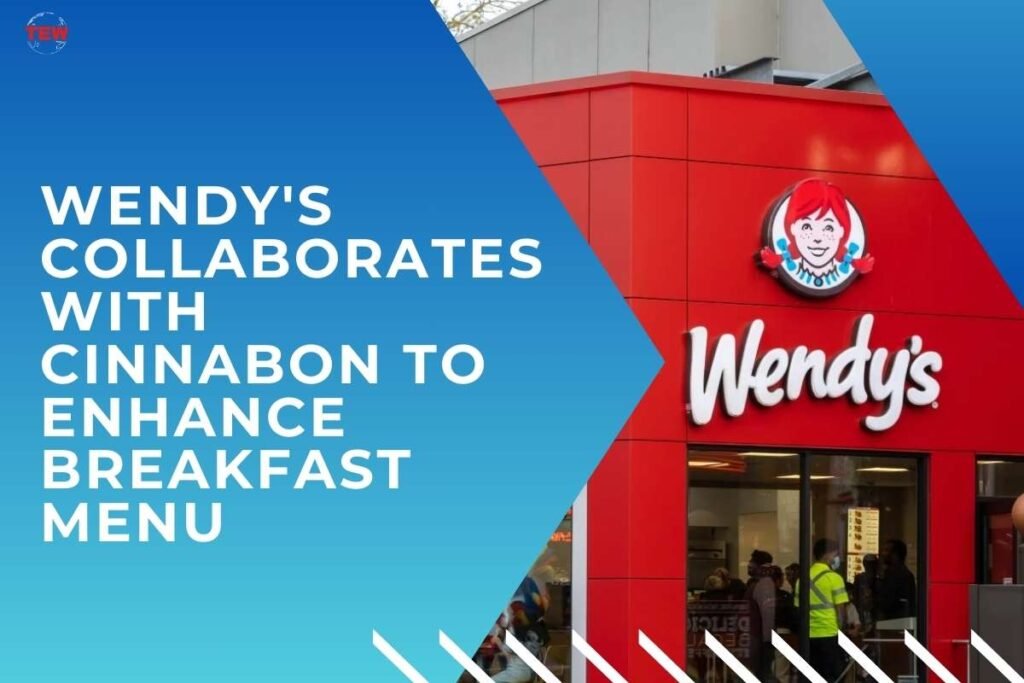
Wendy’s Collaborates with Cinnabon to Enhance Breakfast Menu
The decision to team up with a competitor underscores Wendy’s partners with Cinnabon’s bold strategy to capture the
As restaurant’s dynamic pricing continues to navigate economic uncertainties and evolving consumer preferences, the implementation of dynamic pricing represents a strategic response to market dynamics. By leveraging technology and data-driven insights, eateries aim to optimize pricing strategies while enhancing value propositions for customers.

